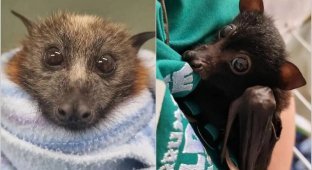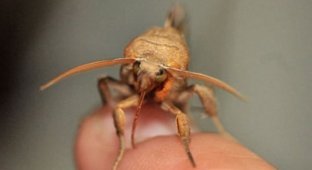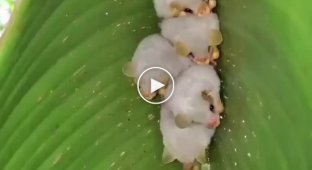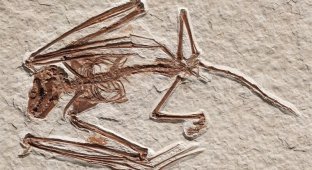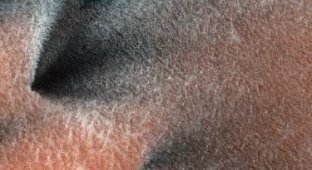No fangs, but with an appetite: 10 real creatures that really drink blood and can easily make Dracula with one left hand (11 photos)
Images of vampires shrouded in romantic aura have become some of the most common in modern popular culture. 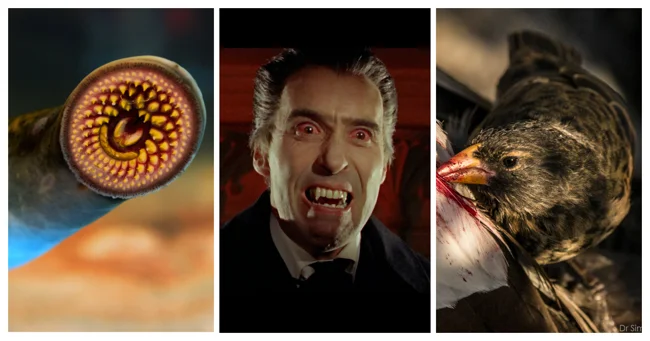
But if they are a product of the authors' fantasies, then in reality bloodsucking creatures do exist. Dracula's prototypes are hidden in the animal world. Many species, from insects to bats, have mastered the art of hematophagy - feeding on blood. Although with some reservations. Who are these insidious and dangerous creatures?
1. Vampire bats are natural bloodsuckers 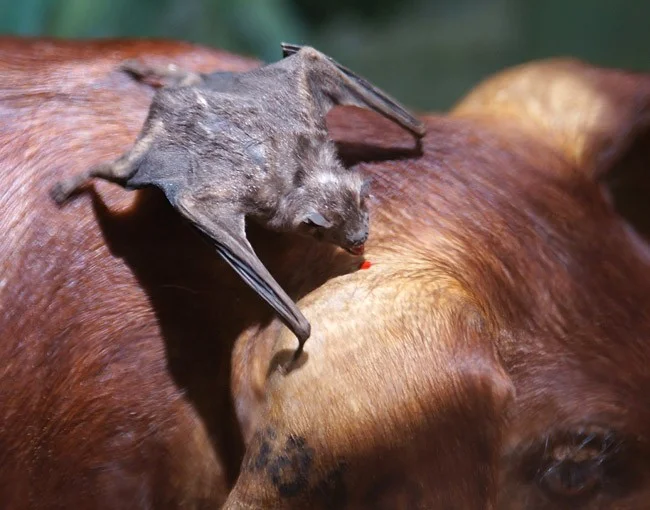
Of the 1,300 species of bats, only three actually drink blood:
Common vampire bat (Desmodus rotundus). Prefers to feed on large mammals.
White-winged vampire bat (Diaemus youngi). Hunts mainly birds.
Hairy-legged vampire bat (Diphylla ecaudata). Feeds almost exclusively on bird blood, but can switch to the blood of pigs and goats in the event of a serious shortage of more suitable bird blood.
When natural prey disappeared due to cities and farms, these sly creatures switched to livestock. The wound itself is harmless, but mice carry rabies. Real vampires turned out to be more modest than the legendary ones - they do not need locks, a warm barn is enough.
2. Common Vandellia (Candiru) - Brazilian Water Vampire 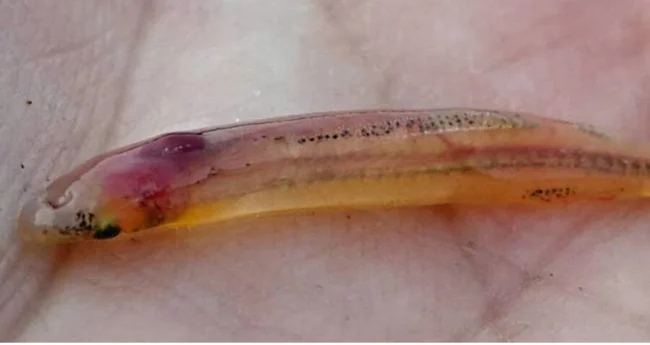
This parasitic catfish is about 15 cm long, almost transparent and looks like an eel. It lives only in the Amazon and Orinoco rivers. Candiru sense the exhalation of other fish, penetrate their gills, and drink blood.
3. Female mosquitoes are little killers 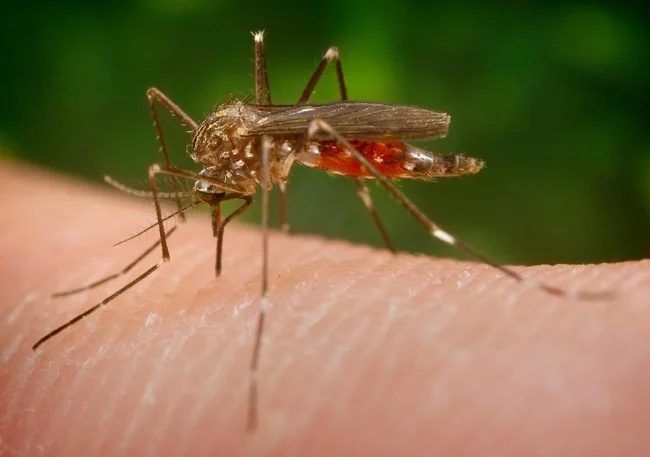
Although they have killed more people than any other animal, mosquitoes themselves are actually quite harmless. The males eat a vegetarian diet based on nectar. Although the egg-laying females drink blood for protein, even they cause little trouble beyond the red, itchy welts. The real danger is the diseases they carry, ranging from malaria to dengue fever, yellow fever, and West Nile virus.
4. Tick - a miniature bloodsucker with a built-in "tube" 
Ticks are one of the most prolific vampires on Earth, capable of drinking a volume of blood that is 600 times greater than their body weight, thanks to their stretchable outer shell.
5. Lampreys - Prehistoric Bloodsuckers 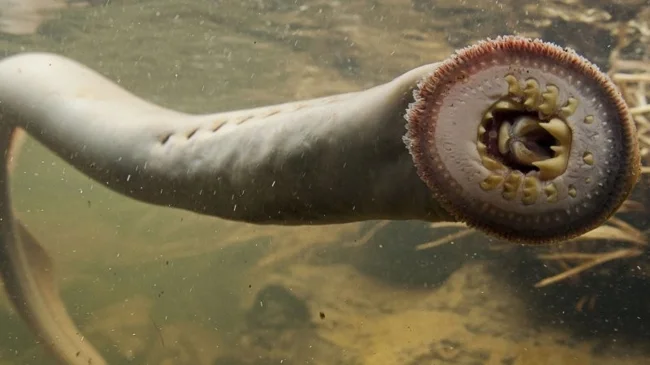
Lampreys are ancient, primitive vertebrates that look more like aliens than vampires (or fish, for that matter). They have no jaws or scales, and spend most of their lives as harmless larvae.
It can take up to seven years for an individual to mature, but once it does, it becomes a monster: adult lampreys latch onto their host with their hook-like teeth, inject digestive enzymes and anticoagulants, and then devour the host's blood and partially digested flesh.
6. Triatomine Bugs – Gentle Killers 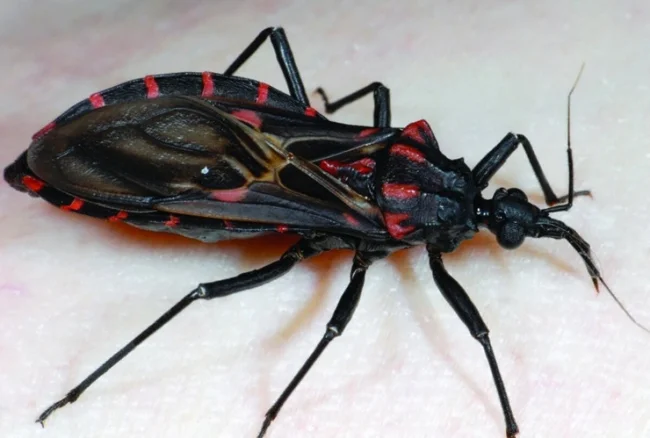
Their name sounds cute rather than scary, but “kissing bugs” can be even worse than bed bugs. They are larger and more aggressive, and more importantly, they often bite people on the face to suck their blood. They attack sleeping people and can spread diseases, namely Chagas disease.
7. Leeches - Bloody Doctors 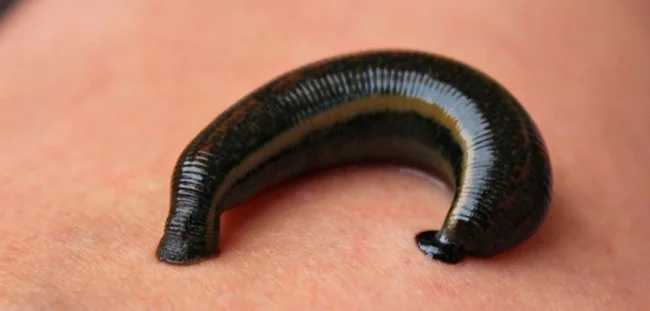
These relatives of earthworms have mastered two ways of survival: some hunt snails, others have become "living syringes". The European medicinal leech has been used for bloodletting for centuries. Modern medicine uses them after operations to improve blood circulation and thin the blood. In India, they are still used in Ayurveda for "blood purification".
8. Fleas and lice – miniature specialists 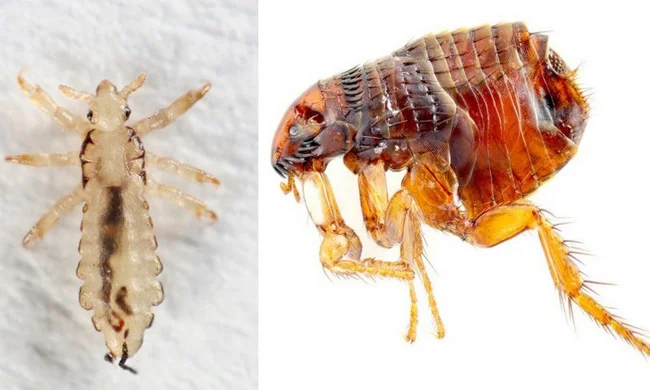
Unlike other bloodsuckers, fleas don’t just bite – they settle in the victim’s fur. They can also jump 30 centimeters high (like a person jumping on a 90-story building!). Fleas specialize in specific hosts (dogs, cats, rats), but they don’t disdain strangers and still carry dangerous diseases in some regions.
Like fleas, lice are real “narrow profile” professionals. Three types live in humans, each in its own territory – head, body, and pubic.
9. Sharp-billed ground finch - an unexpected bloodsucker of the Galapagos 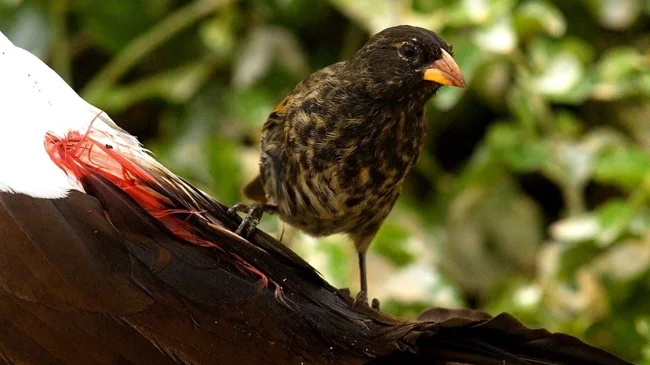
Among the famous Darwin's finches, there is one unusual subspecies - the sharp-billed ground finch, which has mastered vampirism. It lives only on 2 arid islands of the archipelago. Its main diet is seeds, but in the dry season it switches to blood. It pecks at the skin on the back of gannets - large seabirds, and waits until the wound begins to bleed.
The cunning bird doses its bites so that the victim does not resist and calmly endures the finch's encroachment. Evolution in the Galapagos has created not only herbivorous seed-eaters, but also the world's only vampire songbird.
10. Vampyroteuthis: The "Hell Squid" of the Deep 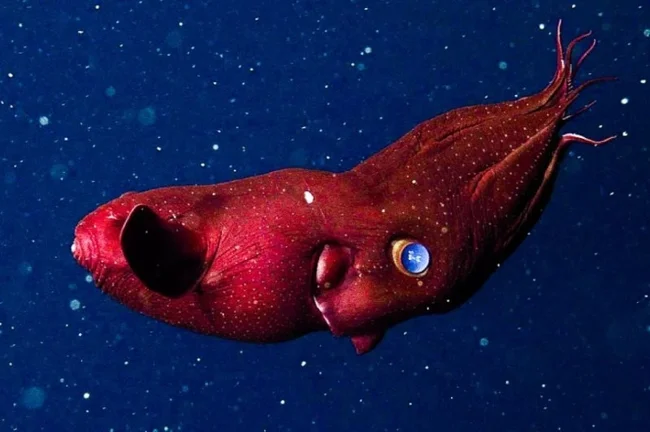
This deep-sea dweller (3,000 meters below the surface) has received the frightening Latin name Vampyroteuthis infernalis - "vampire squid from hell".
It has interesting features:
giant eyes (the largest eye-to-body ratio among animals);
ability to glow in the dark (bioluminescence);
presence of a "cloak" of membranes between the tentacles (hence the name).
Scientists have even allocated a separate biological class for it - vampiromorphids. And although technically the inhabitant of the depths is not a vampire, since it does not drink blood, but feeds on organic particles floating in the water, the harmless squid would certainly be proud of its formidable name if it knew it.













